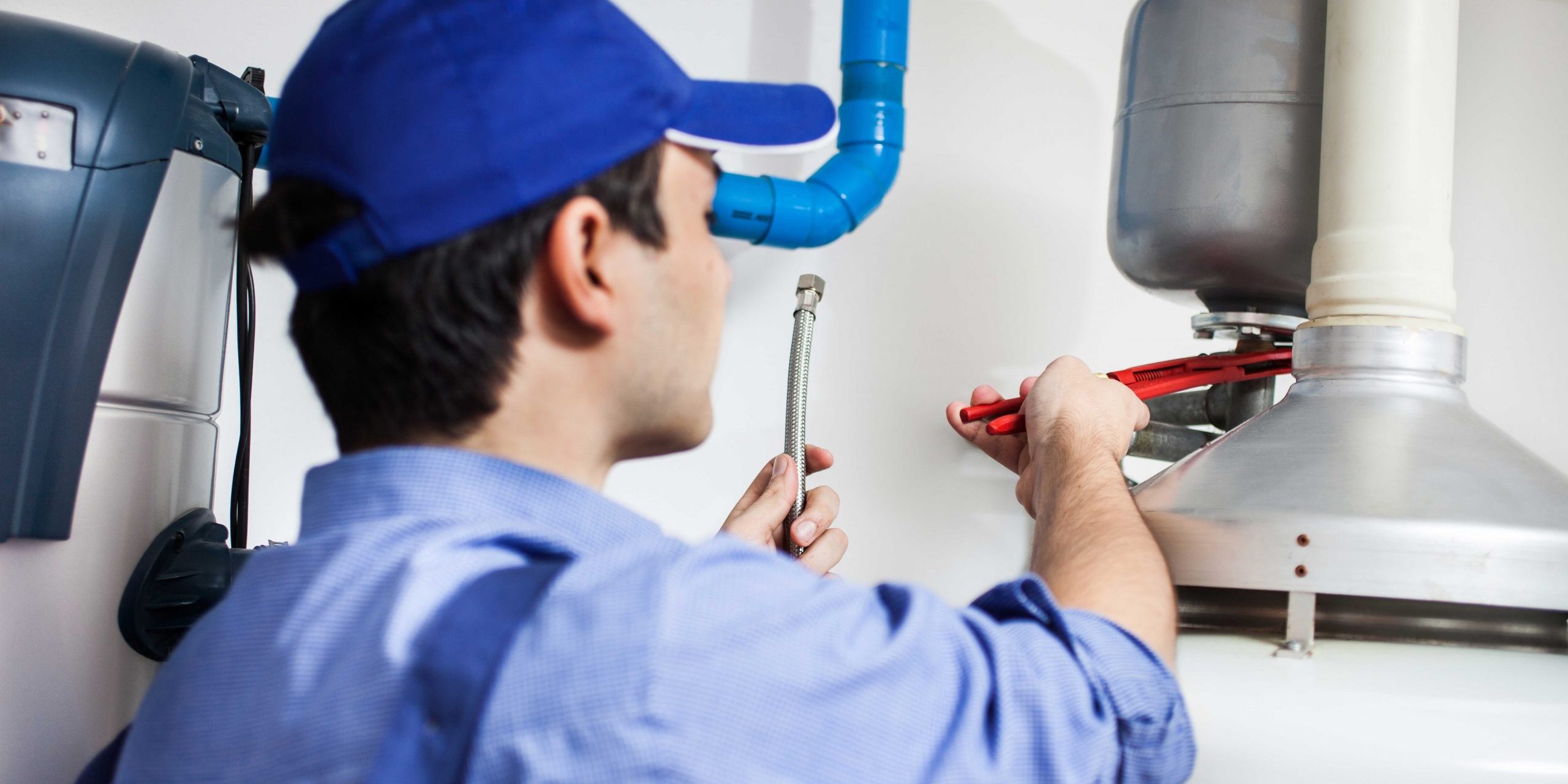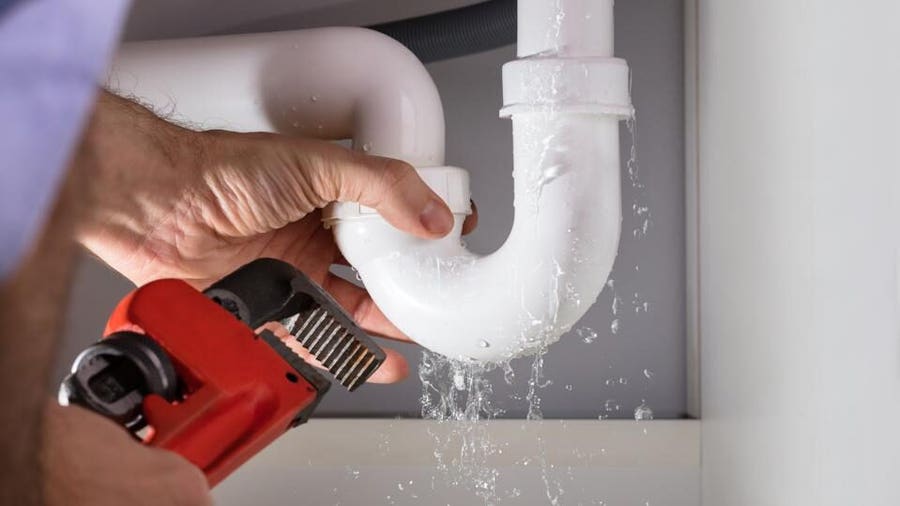Airbnb Breakdown Academy Review is a rental arbitrage course that teaches users how to make a six-figure income without owning property. It includes tutorials on establishing an LLC, building business credit, and using automation tools like PriceLabs to increase earnings.
The Airbnb Breakdown Academy costs $1,497 and offers a money-back guarantee. It also offers a private community for students to ask questions.

Airbnb rental arbitrage is a business model that allows you to make money from short-term rentals without owning property. It is a popular income stream for many people, but it can be difficult to master. Airbnb Breakdown Academy is a course that teaches you how to make six-figures from this business. The course costs $1,497 and offers a 30-day money back guarantee. It includes video training, scripts and templates, and community access. It also comes with a list of automation tools and a free checklist.
The founders of Airbnb Breakdown Academy, Bryson Blocker and Inayah McMillan, are college dropouts who became successful entrepreneurs at a young age. They have made millions in revenue and have appeared in Forbes and Yahoo. Their Airbnb Breakdown Academy course claims to teach you how to earn a six-figure income from rental arbitrage without owning property. It is a highly popular online course with over a million views and positive feedback.
Getting started in Airbnb rental arbitrage can be challenging, but it is possible for anyone to become successful. The key is to develop a strong marketing plan and focus on delivering a great experience for guests. This will differentiate you from other Airbnb hosts and help you stand out in the market.
You can create a unique Airbnb listing that features an activity you enjoy or a place to host special events. This will help you attract guests and increase your profits. You can also promote your Airbnb listing by using social media to spread the word.
Airbnb rental arbitrage requires a lot of active work, including cleaning and maintenance, and dealing with unexpected issues. This can be very stressful for beginners. Airbnb Breakdown Academy is a comprehensive course that teaches you how to do the business and provides step-by-step instructions.
The Airbnb Breakdown Academy course is available in English and Spanish, and the program provides detailed tutorials on how to start an Airbnb rental arbitrage business. The course also covers topics such as creating an LLC, optimizing your listing, and leveraging automation tools. It also provides a community for students to ask questions and get support.
It is a legitimate business opportunity
Airbnb Breakdown Academy is a popular online course that teaches students how to use short-term rentals to earn income without owning property. The program costs $1,497 and offers a 30-day refund policy (with conditions). Its creators, Bryson Blocker and Inayah McMillan, are young entrepreneurs who have earned seven figures in revenue and have been featured on Yahoo! and Insider. They also have a large social media following and an extensive network of influencers.
The course includes detailed tutorials on important aspects of the business, including LLC setup, listing optimization, and furnishing properties. It also teaches students how to leverage automation tools like PriceLabs to maximize earnings. In addition, it provides tips on attracting high-value guests and managing property maintenance. Airbnb Breakdown Academy also features a private community of like-minded members.
However, Airbnb rental arbitrage is not a “ticket to passive income.” It requires a lot of active work and isn’t suitable for all people. It is essential to evaluate whether this type of business is right for you before enrolling in a program. In addition, the training provided by Airbnb Breakdown Academy does not include any one-on-one coaching or mentorship, which can be helpful in this industry.
The Airbnb Breakdown Academy was created by two college dropouts who were able to make six-figures in revenue without owning property. It is a great way for people to supplement their income or escape the 9-to-5 grind. While the course can be expensive, it is worth the investment for people who are looking to improve their quality of life and create wealth. The program is an excellent choice for people who are looking to become a real estate investor.
It is a scam
Airbnb rental arbitrage is a challenging business model that requires a high level of active involvement in managing short-term rentals. This includes interacting with guests, cleaning and maintenance, and dealing with unexpected issues. Airbnb Breakdown Academy provides a comprehensive training guide to help students succeed in the business. It offers video training and a private community, as well as scripts and templates to streamline operations. It also offers budget expense sheets and other helpful resources to maximize profits.
Bryson Blocker and Inayah McCillan, the founders of Airbnb Breakdown Academy, are young entrepreneurs who have become experts in Airbnb rental arbitrage. They have a strong social media following and are featured on Forbes and Yahoo. They are college dropouts who pursued their entrepreneurial dreams despite limited financial resources. They experimented with various business models, including e-commerce, forex, and nannying before finding success with Airbnb rental arbitrage.
During the course, you will learn about the different types of Airbnb scams and how to avoid them. Some examples of Airbnb scams include overcharging for damages and charging for services that aren’t necessary. Other examples are listing kitchen utensils as a separate item and charging for them at check-in. Some Airbnb hosts even charge for toilet rolls at check-out.
Another common Airbnb scam involves renting out a property that is no longer available. Hosts may say that the previous tenant damaged it or that there is a plumbing issue. Then, they will offer you a different space that might be shadier or further away from your destination.
This is a common Airbnb scam that is easy to avoid if you’re a savvy traveler. The best way to avoid this is by always booking through Airbnb’s website. If you’re asked to pay through cash or another service, it’s probably a scam.
Airbnb Breakdown Academy is a popular Airbnb rental arbitrage course that claims to teach you how to earn a six-figure income without owning any property. However, the program can be expensive for beginners and has received negative feedback. The founders, Bryson and Inayah, are young entrepreneurs who have earned millions of dollars from their Airbnb rental arbitrage business. The program costs $1,497 and doesn’t include coaching or mentorship, so it’s important to do your research before deciding whether it’s worth the investment.
It is a valuable resource
Airbnb rental arbitrage is a profitable business that can provide a steady income for those who are willing to put in the work. However, it is not a ticket to passive income, and it requires active involvement in marketing, managing property maintenance, and addressing tenant issues. As a result, Airbnb rental arbitrage is not suited for everyone. In addition, it is a risky venture that can lead to loss of investments if not managed properly.
Airbnb Breakdown Academy is a comprehensive training program that teaches students how to earn a six-figure income without owning any properties. The program is designed to teach students how to maximize profits by using automation tools and attracting high-value guests. It also provides a detailed guidebook on LLC setup, listing optimization, and creating a budget expense sheet. The course costs $1,497 and offers a money-back guarantee.
The founders of Airbnb Breakdown Academy are two young entrepreneurs who have achieved impressive financial success through their short-term rentals. They are also known for their social media following and feature in Forbes and Yahoo. The Airbnb Breakdown Academy course is highly recommended for beginners interested in pursuing this lucrative opportunity.
Founded by Bryson Blocker and Inayah McMillan, Airbnb Breakdown Academy is an online course that teaches students how to earn a substantial income through Airbnb rental arbitrage without owning any properties. The course includes comprehensive tutorials on essential aspects of Airbnb hosting, including establishing an LLC and optimizing listings. It also covers how to leverage automation tools and a budget expense sheet to automate operations. The course is available for a limited time and comes with a money-back guarantee.
The course also teaches students how to find properties that are attractive to potential tenants and how to create a budget for each month’s expenses. The program also features a number of videos, scripts, and templates to help students launch their businesses. In addition, Airbnb Breakdown Academy offers a private community where students can ask questions and get support from other members. The site offers free webinars and a comprehensive affiliate program, which can make it an excellent choice for newcomers to the industry.









 However, you can save money and avoid tripping hazards by calling for
However, you can save money and avoid tripping hazards by calling for 